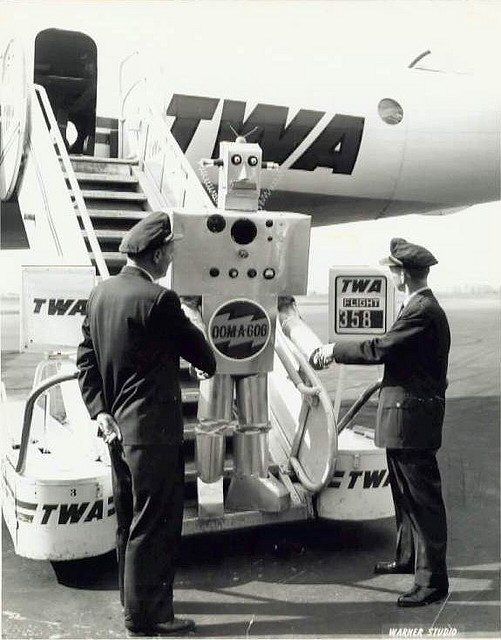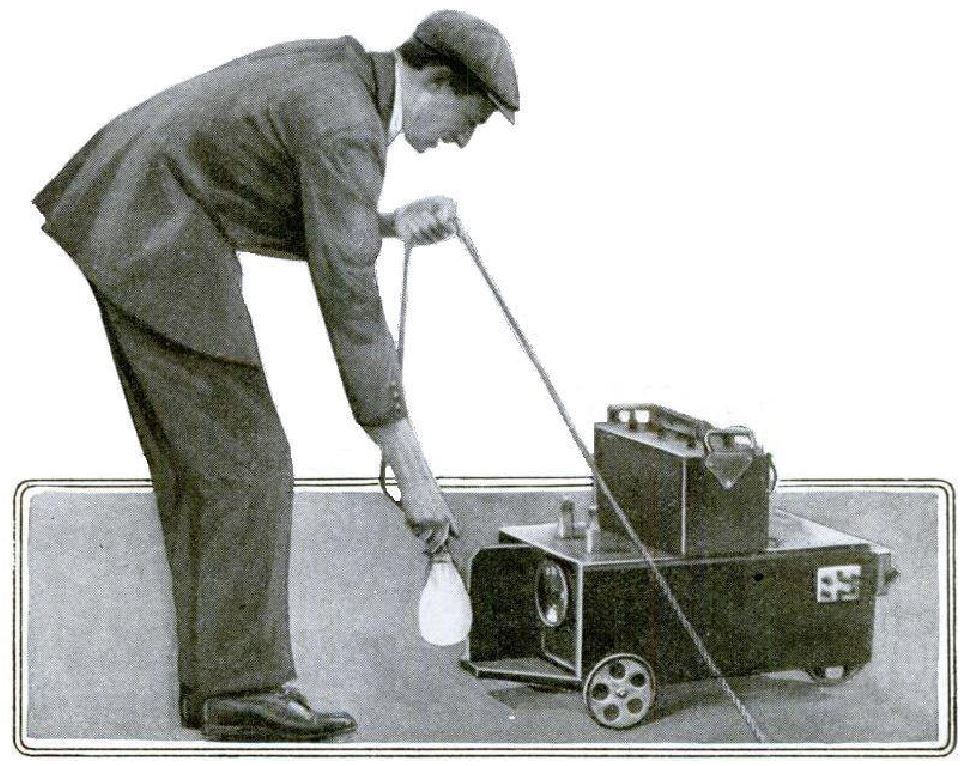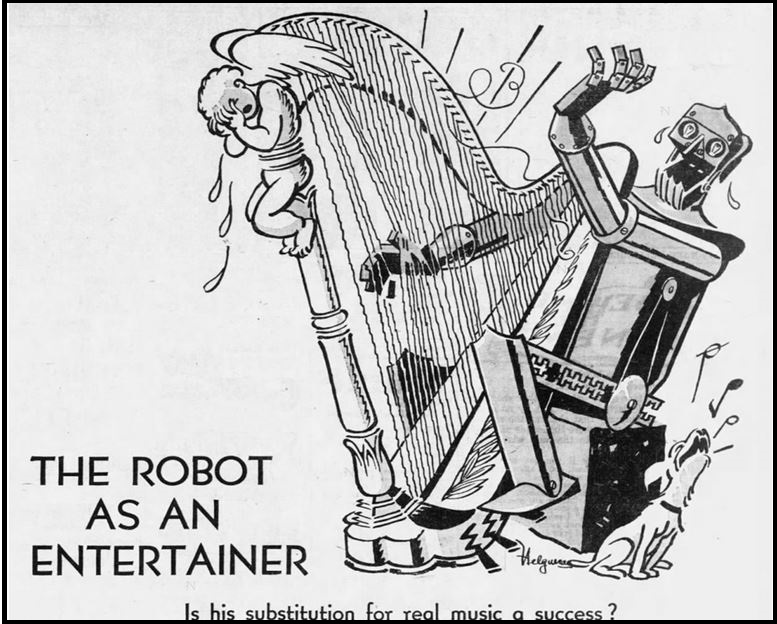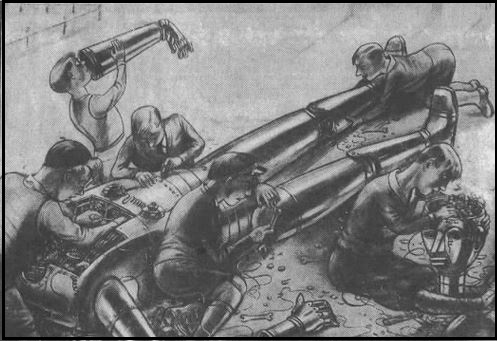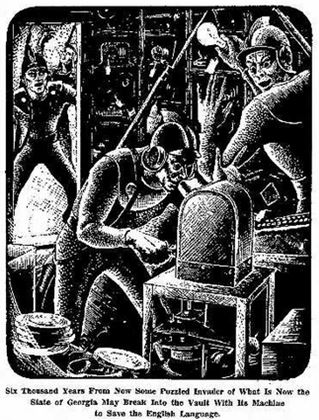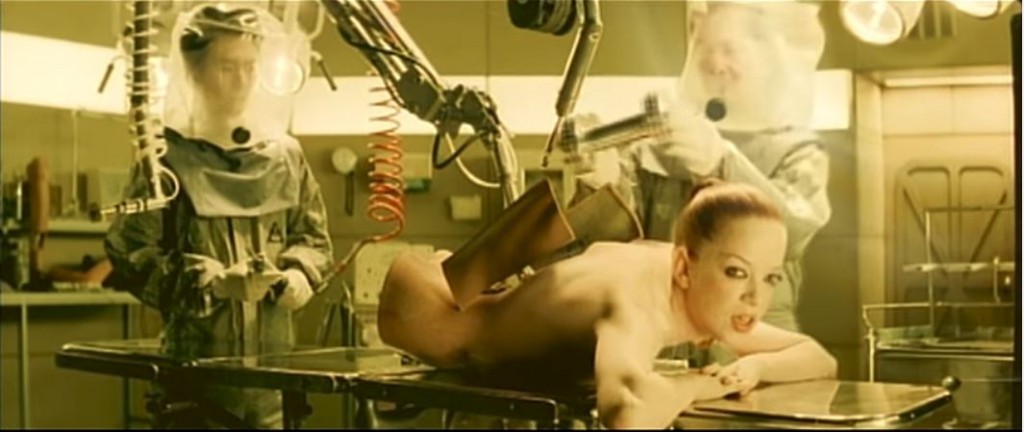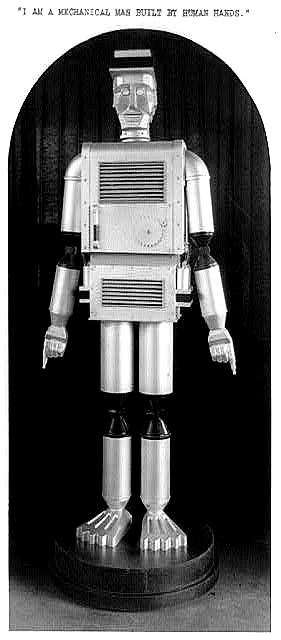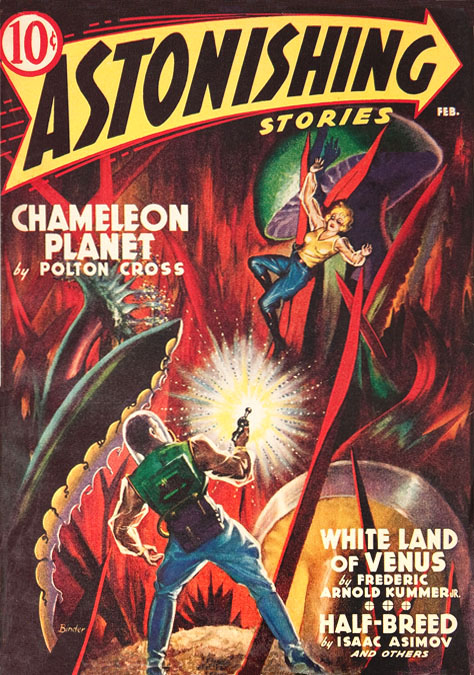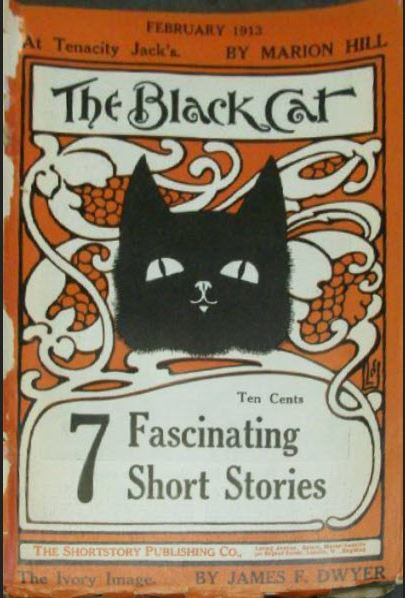Gyro, Bazark, Ruffnik, and Oom-a-Gog
Through the number of television sets in living rooms rose exponentially from 1948 to 1958, programming lagged behind. At first networks provided their affiliates only enough programs to fill what we now call prime time. The rest of the day was filled in piecemeal over time, early morning shows, late-night chat, afternoon soaps and game shows.
Local stations had little choice. They found ways to fill in non-network time. Budgets were ridiculously small, just sufficient to hire a personable young newcomer willing to work cheap with few other props than a desk and a chair and their ingenuity in filling hours of airtime without a script. Steve Allen and Ernie Kovacs made their names with innovative and distinctive locals shows before the networks swooped them up. Thirty-year-old Betty White took over a show called Hollywood on Television in 1952. It broadcast five-and-a-half hours a day, six days a week for four years. (To fill up her copious free time she also starred in the local, later syndicated, sitcom Life with Elizabeth.)
Having no idea of what would work and hours to experiment with, local stations tried every type of show they could think of: cooking, gardening, public affairs, fashion. And then for the afterschool crowd, kiddie shows.
